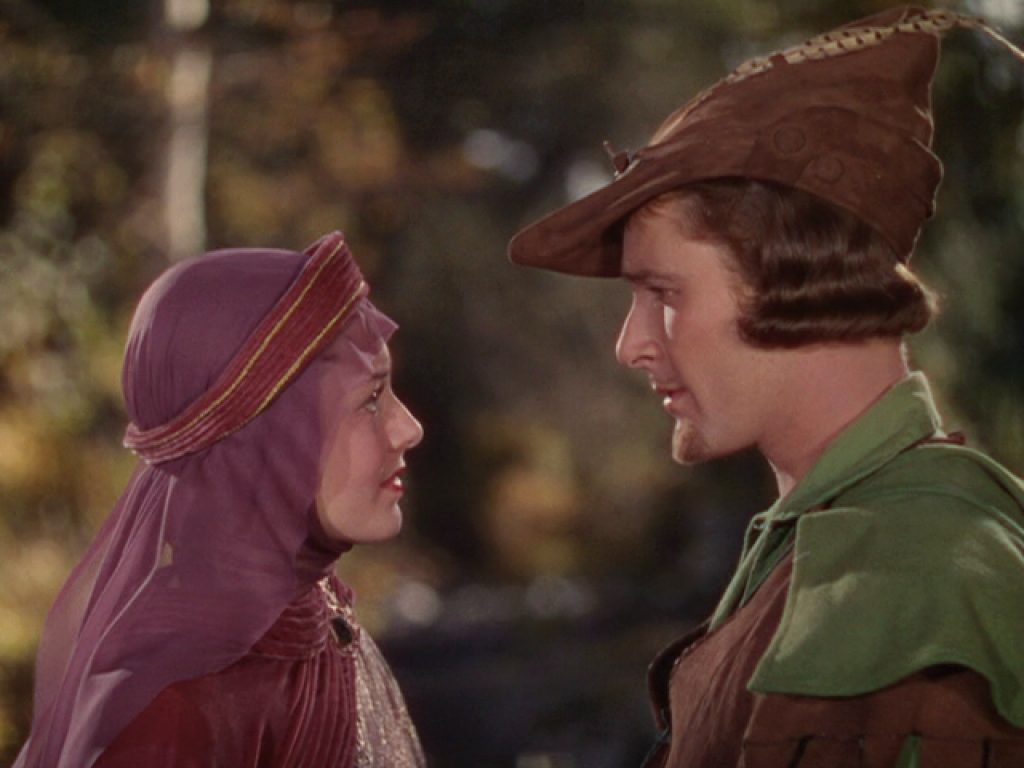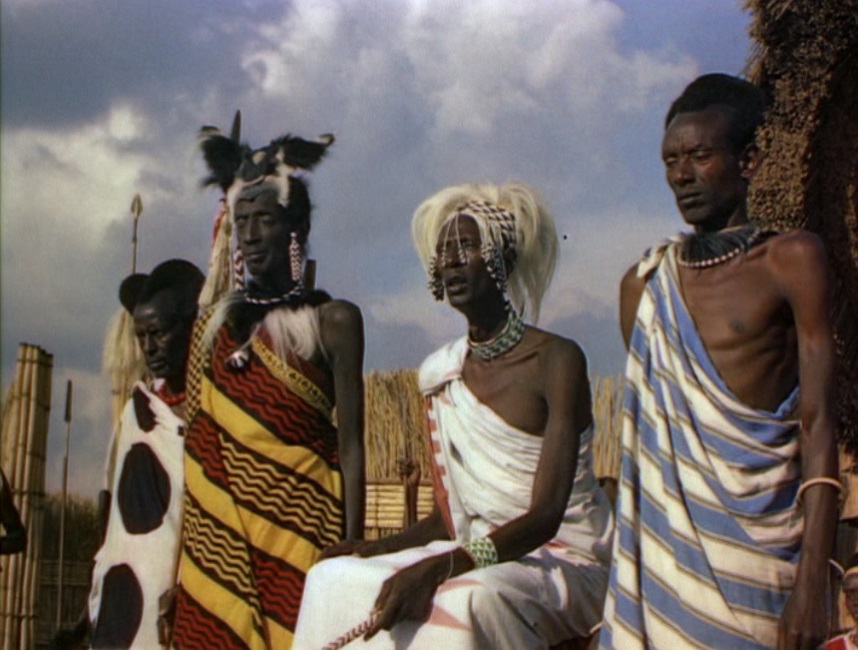The Action and Adventure genre has blossomed into a list of sub genres that are currently taking cinema by storm with action juggernauts Avengers Infinity War (2018), Mission Impossible: Fallout (2018), and Aliens (1986). These hybrid films are growing in popularity through pop culture icons and references that set higher standards for the film’s narrative layers.
Most of these films would not have been produced, directed, or even written if it weren’t for the iconic style of the classic swashbuckler films produced during the golden age in Hollywood.

The stars of King Solomon’s Mines
King Solomon’s Mines, co-directed by Compton Bennett and Andrew Marton in 1950, upheld the genre’s progression during early Hollywood and continues to influence later films within the Action and Adventure category, such as Raiders of the Lost Ark (1981) and the National Treasure franchise (2004, 2007). By using the narrative structure of men running around trying to find either an object or place and having to overcome many obstructions on their journey, the film displays astonishing special effects featuring dangerous animals along with dynamic characters that are comparable to other Action films .

The novel the film is based on, written by Henry Rider Haggard
Before the 1950 adaptation of Kings Solomon’s Mines, there was a British version released in 1937 that was adapted from the same novel, by Henry Rider Haggard, to create a film adaptation. The series would continue with four more versions released in 1979, 1985,1986, and 2004. The film begins with the protagonist, Allan Quatermain (Stewart Granger), an experienced hunter and guide who reluctantly agrees to help Elizabeth Curtis (Deborah Kerr) and her brother John Goode (Richard Carlson) to search for her husband, who disappeared in the unexplored African interior while searching for the legendary titular mines. Using a copy of the map that Curtis used, the group begins their expedition. Despite Allan’s attitude towards women in the jungle, he beings to become soft for Elizabeth and during the long and grueling journey, the two begin to fall in love.
Constant danger sets the mood for this film. The movie begins in 1897, Africa where Allan is living as a guide. The opening scene is Allan and his men attempting to take down a herd of elephants, while they are successful in killing an elephant, they also lose one of their men in the process. The tone of the film immediately creates an unsafe environment in which death is a prominent factor. The dangerous setting creates obstacles for the characters to face ranging from animals such as snakes, rhinos, crocodiles, spiders, and even other tribes of people. The action genre is not meant to be safe and portrays the characters as vulnerable, depicted in the scene below.
The character types in King Solomon’s Mines are almost parallel to Errol Flynn and Olivia de Havilland’s in The Adventure of Robin Hood (1938). In fact, Flynn was offered the role to play Granger’s role as Allan but turned it down and took another movie deal. The male protagonists of each film are alike in that they both are willing to risk their lives to keep those around them safe, especially their women. They both display physical abilities that others around them lack while virtually appearing fearless throughout the entirety of the film. Flynn’s character is different in that he is motivated by what is morally right and to uphold the dynasty; however, Granger’s character is willing to go on a dangerous expedition because he is heavily persuaded with money. Lady Marion and Elizabeth are also very comparable because of the plot points of their character development. The resistant and reluctant woman are strong-willed, feminine figures in the beginning but become more accepting and understanding throughout the entirety of the film. Elizabeth is stubborn and frustrated with Allan and his ways but succumbs into him once their love connection becomes apparent on screen, just like Lady Marion.

Robin Hood (Errol Flynn) and Maiden Marion (Olivia de Havilland) in The Adventures of Robin Hood

Allan Quatermain (Stewart Granger) and Elizabeth Curtis (Debohora Kerr) in King Solomon’s Mines
The editing and sound were quite impressive in this African Safari tale because not only did they have to add several sound effects for all the animals seen onscreen, but also had to capture footage of these animals while they were interacting with the actors. The amount of beautiful scenery displayed in the film was a crucial selling point to the film’s success. Nobody during that time period had ever seen anything like it before which helped Robert L. Surtees win an Academy Award for Best Cinematography. The score for the film consisted of a heavy African dialect that presents drums beating and the tribes singing their ritual songs that also added a nice touch to the vibe of the scenery presented.

Tribe members during the battle
One social conflict that is unappealing to audiences today is the display of African American’s in the film. They are presented as uncultured savages that are brutal to whomever they encounter. First, out of the two people who die in the film, two are African American– suggesting that their lives are disposable and unimportant to the plot. Second, they are assumed to have cannibalistic traits and are displayed as savages as they chase the protagonist and his crew throughout the jungle. Obviously, during that era, it was alright to have suggestive things about different ethnicities but it was unpleasant viewing it in this day and era of cinema.
In conclusion, King Solomon’s Mines was an influential film that clearly impacted many film narratives to follow within Action and Adventure cinema. The film displays the journey of our main protagonist, who is able to display his strength and power, while also showing off the incredible affects and audio. This film is a stepping stone for much of the cinema that has been cultivated from this narrative style and character types of action.


Recent Comments